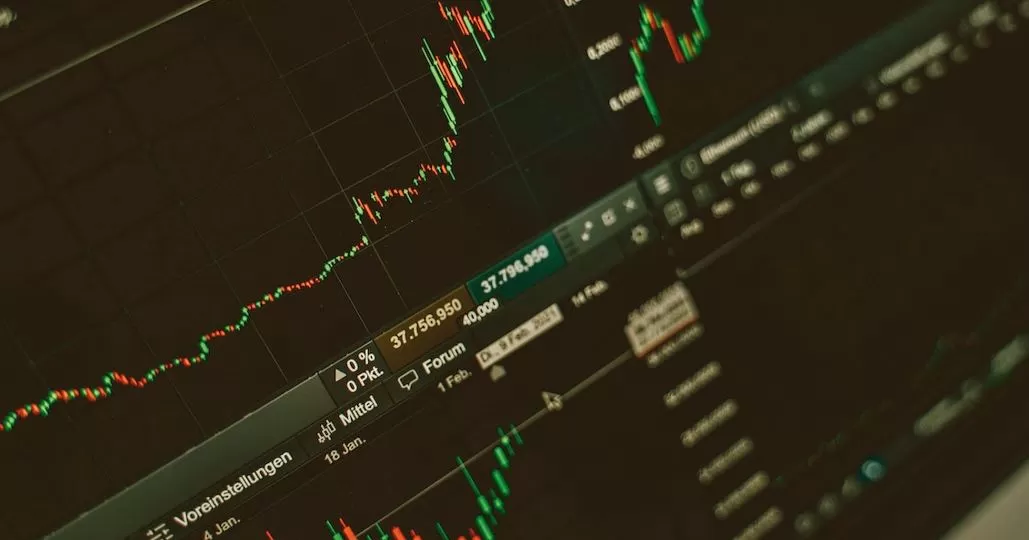Ichimoku charts are often used by traders as part of technical analysis. These charts analyze better market movements and possible buy/sell recommendations. The Ichimoku chart was devised in the late 1960s by a Japanese writer named Goichi Hosoda. The Ichimoku Kinko Hyo chart has been widely utilized for many decades in Japan.
These charts have grown in popularity among forex trading worldwide in recent years, and this tendency has spread to other regions. This article will examine how you may include Ichimoku charts in your overall trading strategy.
Ichimoku Clouds: How Do They Work?
An Ichimoku chart is a compilation of several distinct indicators used to detect trends and probable buy and sell signals, which may be used to evaluate financial markets. In the following methods, an Ichimoku chart may be used to identify trends and potential buy and sell signals: This graph is divided into five sections: the tenkan-sen, the kijun-sen, the senkou spans A and B, and the chikou span. All of these elements, each of which serves a distinct role, may be merged to offer a comprehensive picture of the market.
The tenkan-sen is a short-term moving average used to gauge the current trend of the market. The kijun-sen is a medium-term moving average that may be used to determine levels of support and resistance. The Chikou Span is a lagging indicator that may be used to confirm a trend. The senkou spans A and B are used to discover likely trend changes, whereas the senkou span C is utilized to identify potential trends.
Spot growing trends.
Finding patterns and trends in the market is one of the most important applications of Ichimoku charts. The dominant tendency may be recognized by comparing the tenkan-sen line to the kijun-sen line. An uptrend is indicated when the tenkan-sen line is above the kijun-sen line, and a downtrend is indicated when the kijun-sen line is below the tenkan-sen line.
Additionally, the senkou span A and senkou span B lines are used in the trend identification technique. The current price is above both the Senkou Span A and Senkou Span B lines, indicating an uptrend. However, if the current price goes below any of these levels, it suggests a bearish trend.
Assess the market’s support and resistance levels
Ichimoku charts may be used for many purposes, including determining potential support and resistance levels. The kijun-sen line predicts where buyers and sellers will be in a market. Resistance levels are shown when the current price is above the kijun-sen line, whereas support levels are displayed when the price is below the kijun-sen line. If the current price is below the kijun-sen line, it works as a support level.
The senkou Span A and B lines may also be utilized to anticipate price activity by showing where support and resistance are expected. When the current price is above the senkou Span A and B lines, it suggests that buyers will face resistance. A support level is the market price falling between the senkou span A and senkou span B lines.
Identify trading opportunities
Ichimoku charts may help identify probable market buy and sell signals. When the current price goes above both the A and B senkou span lines, a buy signal is produced, and when the current price travels below both lines, a sell signal is formed.
The chikou span may also be used to corroborate buy and sell signals. When the chikou spread is greater than the current price, it is taken as a buy signal; when it is lower than the price, it is taken as a sell signal.
Using Ichimoku and other indicator charts together
Ichimoku charts provide a comprehensive view of the market; however, traders may also use additional indicators in conjunction with Ichimoku charts to verify signals and make more informed trading choices. Traders can use other indicators, like the Relative Strength Index (RSI) and the Moving Average Convergence Divergence (MACD), to confirm what the Ichimoku chart shows.
Restrictions Apply to Ichimoku Charts
Although Ichimoku charts are an excellent tool, traders should know their limitations. These charts cannot foretell how the market will react in the future since they are based only on previous data. Unfortunately, this is a significant weakness in these diagrams. The ideas given are up for interpretation, and they are not always correct.
Backtesting
Traders may “backtest” their trading strategies using historical data to assess how well they performed in the past. As a consequence, traders can overcome an issue with Ichimoku charts. Backtesting is the process of reproducing the performance of a trading strategy using the system’s historical data. This method has the ability to assist traders in identifying patterns, trends, and possible signals that may be leveraged to their benefit in live trading.
Forex trading
Ichimoku charts might be useful in forex trading and are a well-liked technical analysis style that offers investors a bird’s-eye view of the market, enabling them to observe trends, support and resistance levels, and probable buy and sell signals. They enable traders to analyze historical data on a currency pair and simulate transactions to understand how a certain trading strategy would perform. The suggestions supplied may help Forex traders make more educated trades when paired with other indicators.
Conclusion
Finally, Ichimoku charts are a popular kind of technical analysis tool that may assist you in identifying market patterns, support and resistance levels, and possible buy and sell signals. Traders may utilize backtesting to see if their trading technique is successful by reviewing previous market data, even if Ichimoku chart predictions are not always correct. Traders should also be aware of the limitations of the charts and should use other indicators in conjunction with them to confirm signals and make more educated trading decisions.
